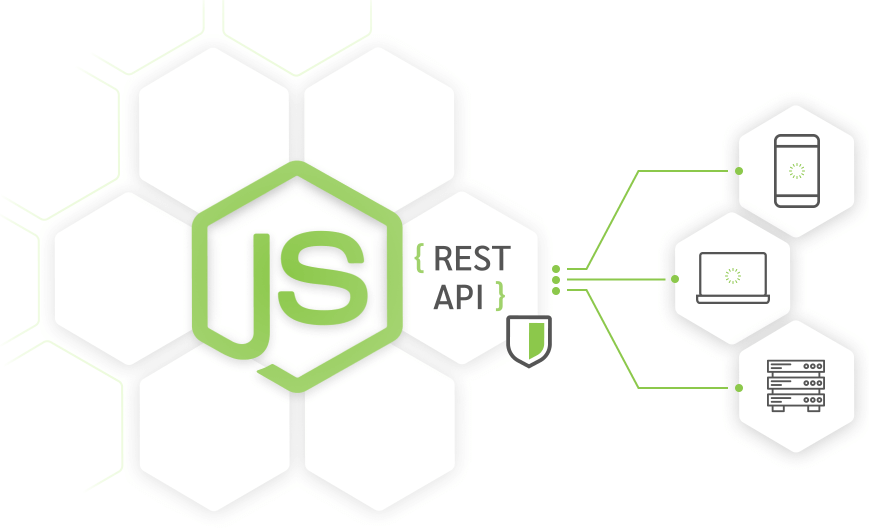AppliMarkets: Your Go-To Resource for App Insights
Explore the latest trends, reviews, and tips in mobile applications.
Node.js: The Event Loop's Secret Life
Discover the hidden magic of Node.js! Uncover the event loop’s secrets and supercharge your asynchronous coding skills today!
Understanding the Event Loop: How Node.js Handles Asynchronous Operations
The event loop is a fundamental concept in Node.js that enables it to handle asynchronous operations efficiently. At its core, the event loop allows the server to perform non-blocking I/O operations by offloading tasks to the system kernel whenever possible. This means that while one operation is waiting for I/O to complete, Node.js can continue to execute other code, thus maximizing resource utilization and improving performance. Understanding how the event loop manages tasks through a series of queues (like the callback queue and microtask queue) is crucial for developers who want to build scalable applications.
In the context of Node.js, the event loop operates in a single-threaded manner but can handle many connections simultaneously. When an asynchronous operation, such as reading a file or querying a database, is initiated, the event loop places the operation in a queue and continues to process other incoming tasks. Once the operation is complete, it triggers a callback that gets executed in order of arrival. This mechanism not only enhances the responsiveness of applications but also simplifies error handling and resource management, making it an essential topic for anyone looking to master Node.js.

The Hidden Mechanics of Node.js: Exploring the Event Loop
Node.js is renowned for its non-blocking, event-driven architecture, primarily powered by its event loop. At the core of this mechanism, the event loop allows Node.js to perform asynchronous operations efficiently. When a Node.js application runs, it operates on a single-threaded model, utilizing the event loop to manage multiple concurrent connections. This is achieved through an intricate combination of a callback queue and a call stack. As tasks are completed, their callbacks are pushed to the callback queue, which the event loop continuously monitors, executing them when the call stack is empty. This design sets Node.js apart from traditional multi-threaded server models, making it particularly well-suited for I/O-heavy applications.
Understanding the hidden mechanics of the event loop is crucial for developers looking to optimize performance in a Node.js environment. Within the event loop, a cycle takes place where various phases execute: timers, I/O callbacks, idle, poll, check, and close callbacks. Each phase has its specific role in managing the flow of asynchronous code execution. For instance, the timers phase checks if any timers have expired, while the poll phase retrieves new I/O events. By leveraging the event loop’s architecture effectively, developers can write more efficient, responsive applications that handle greater concurrency with lower resource consumption.
Common Misconceptions About Node.js Event Loop and Async Programming
Node.js is often misunderstood when it comes to its event loop and asynchronous programming model. One common misconception is that Node.js executes code in parallel. In reality, the event loop operates on a single thread, managing multiple operations through asynchronous callbacks. This means that while Node.js can handle numerous connections simultaneously, it does so by offloading tasks to the system’s underlying thread pool or other services, rather than executing multiple pieces of code concurrently on the same thread.
Another frequent misunderstanding relates to its performance and blocking behavior. Many believe that because Node.js is non-blocking, it can handle any operation instantaneously. However, while Node.js executes non-blocking I/O operations, CPU-bound tasks can still block the event loop, thereby leading to performance bottlenecks. It’s crucial to understand that heavy computations should ideally be handled in separate processes or threads to maintain the responsiveness of the application.